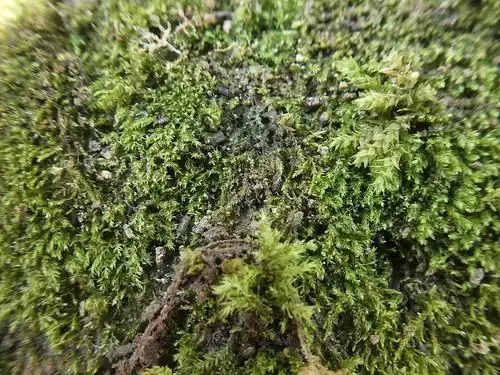
49873322643_c0a9ec871e.jpg from: https://www.flickr.com/photos/21657471@N04/49873322643/
Pylaisia extenta: The Fascinating Moss of the Pylaisiaceae Family
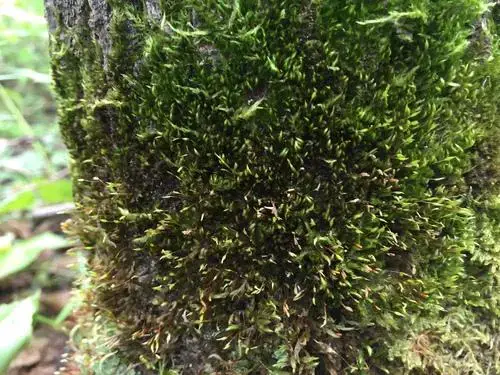
medium.JPG from: https://www.inaturalist.org/taxa/167619-Pylaisiella-polyantha
Pylaisia extenta (Mitt.) A.Jaeger, commonly known as Pylaisia, is a captivating moss species belonging to the Pylaisiaceae family. As a member of the Bryophyta division and
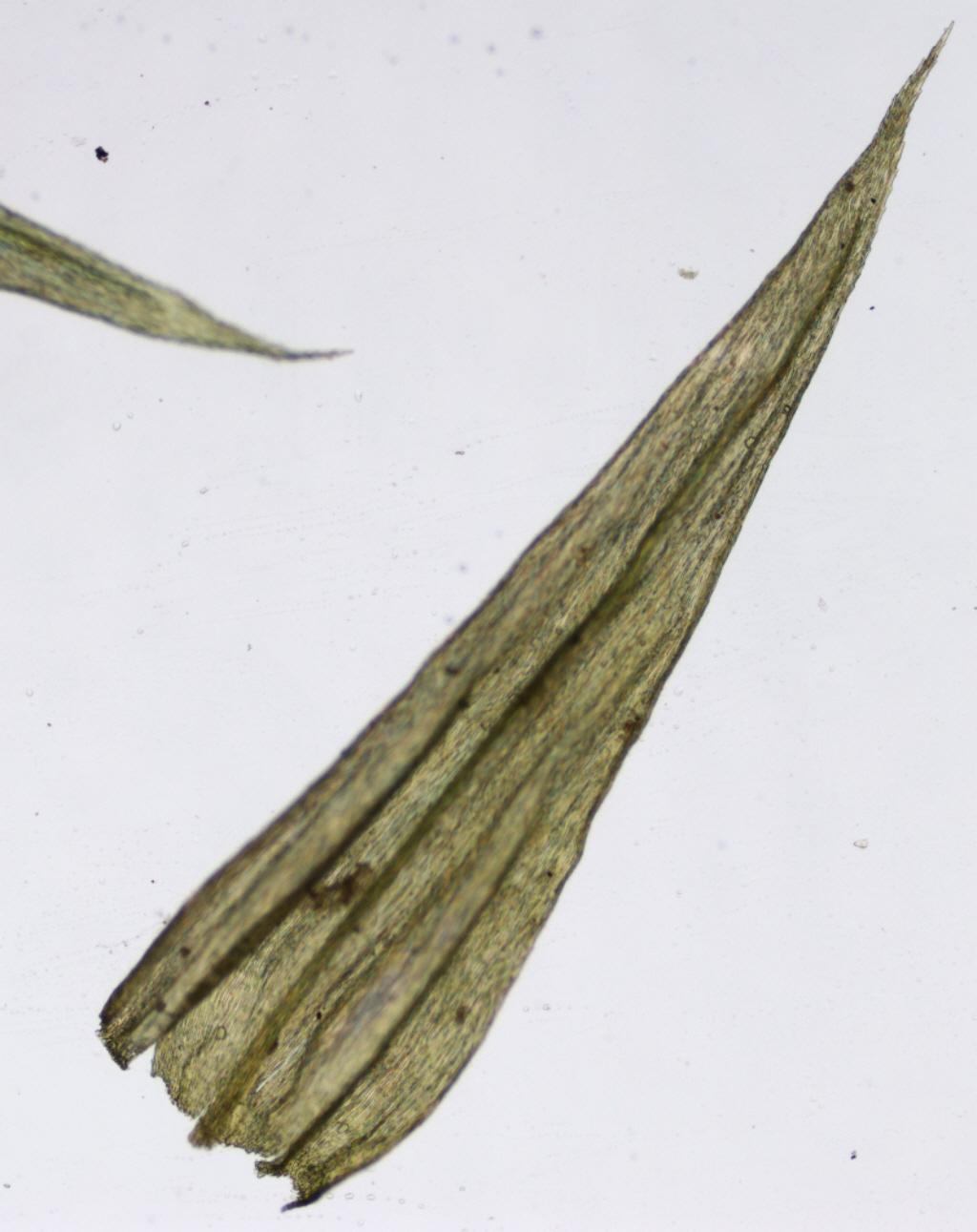
Homa_ful-leafx4.jpg from: https://blogs.ubc.ca/biology321/?page_id=4715
Bryopsida class, this tiny but mighty plant plays a significant role in its ecosystems. In this blog post, we’ll dive into the world of Pylaisia extenta and explore its morphology, global distribution, habitat, ecological roles, and adaptations.
Background
Mosses are small, non-vascular plants that belong to the division Bryophyta. They lack true roots, stems, and leaves, instead possessing leaf-like structures called phyllids. Mosses play crucial roles in their ecosystems, contributing to nutrient cycling, water retention, and providing habitats for various organisms.
Morphology and Identification
Pylaisia extenta is a pleurocarpous moss, meaning its sporophytes grow laterally from the stem. The moss forms dense mats or tufts, with stems reaching lengths of 1-3 cm. The leaves are ovate-lanceolate, with a slender, acuminate apex. A key identifying feature of P. extenta is its single, smooth seta (stalk) that supports the capsule.
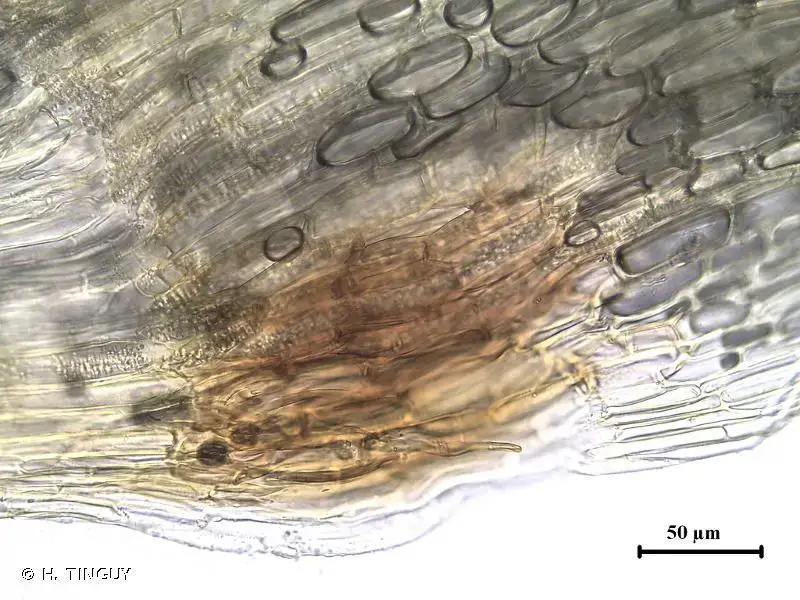
229012.jpg from: https://inpn.mnhn.fr/espece/cd_nom/434135/tab/taxo
Global Distribution and Habitat
Pylaisia extenta has a wide global distribution, found in various regions of

642534_12561a15.jpg from: https://www.plantarium.ru/page/image/id/642534.html
North America, Europe, and Asia. It typically grows on the bark of deciduous trees, particularly in humid forests and along streams. This moss prefers shaded, moist habitats with moderate to high humidity levels.
Ecological Roles and Adaptations
Like other mosses, Pylaisia extenta plays essential ecological roles:
Water retention: The dense mats formed by P. extenta help retain moisture in the ecosystem, preventing soil erosion and maintaining humidity levels.
Nutrient cycling: As mosses decompose, they release nutrients back into the soil, contributing to the overall health of the ecosystem.
Habitat provision: The intricate structure of P. extenta provides shelter and microhabitats for various invertebrates and microorganisms.
Pylaisia extenta has adapted to its environment in several ways. Its small size and dense growth form allow it to thrive in shaded, humid habitats. The moss’s ability to absorb water and nutrients directly through its phyllids enables it to survive in areas with limited soil resources.
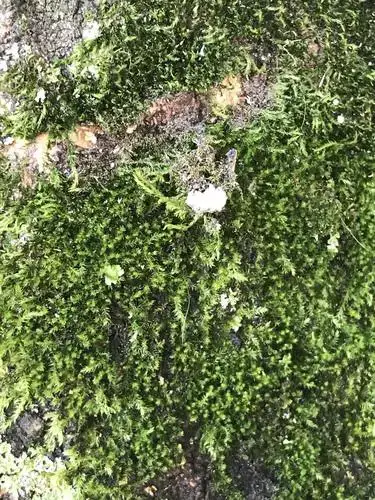
medium.jpg from: https://www.inaturalist.org/taxa/429795-Pylaisia-selwynii

maxresdefault.jpg from: https://www.youtube.com/watch?v=u_0EAsxYOSY
| Characteristic | Description |
|---|---|
Division
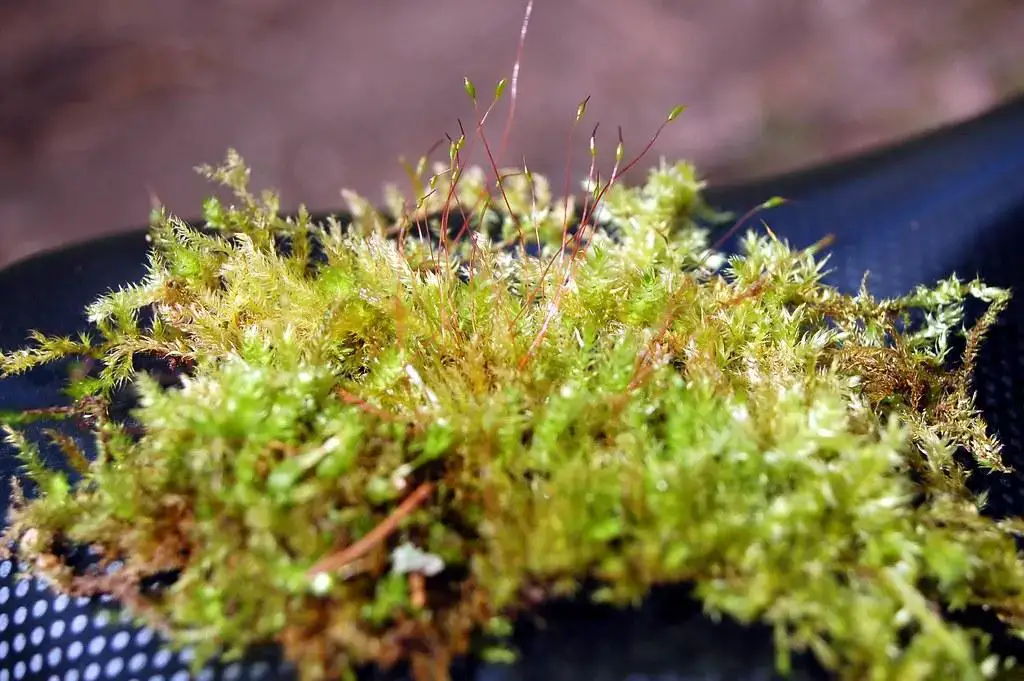 3075725258_882a9b6e94_b.jpg from: https://www.flickr.com/photos/12639178@N07/3075725258/ |
Bryophyta |
| Class | Bryopsida |
| Family | Pylaisiaceae |
| Genus | Pylaisia |
| Species | Pylaisia extenta (Mitt.) A.Jaeger |
Growth Form
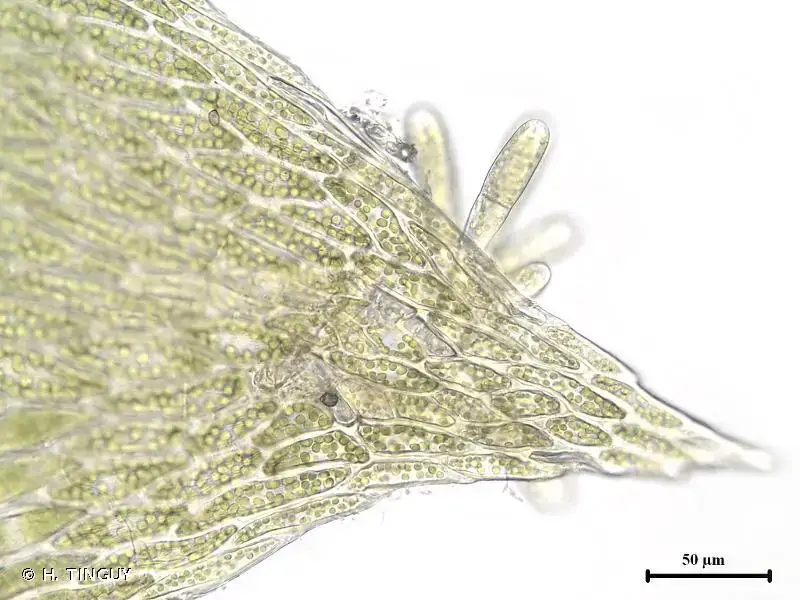 248820.jpg from: https://inpn.mnhn.fr/espece/cd_nom/5969 |
Pleurocarpous |
| Stem Length | 1-3 cm |
| Leaf Shape | Ovate-lanceolate with acuminate apex |
Seta
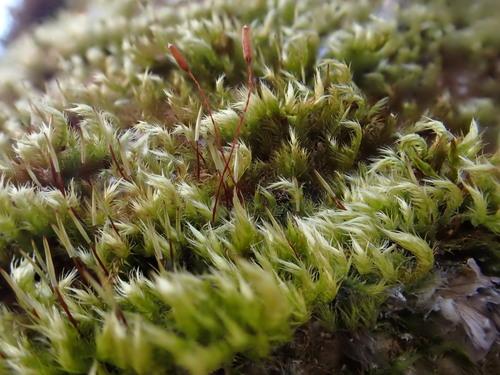 medium.jpeg from: https://www.inaturalist.org/taxa/702811-Pylaisia-polyantha |
Single, smooth |
| Habitat | Bark of deciduous trees in humid forests and along streams |
| Distribution | North America, Europe, Asia |
Conclusion
Pylaisia extenta (Mitt.) A.Jaeger is a fascinating moss species with a wide global distribution and significant ecological roles. Its unique morphology and adaptations allow it to thrive in humid, shaded habitats, contributing to the overall health and diversity of its ecosystems. As we continue to study and appreciate the world of mosses, let us ponder: what other secrets do these tiny plants hold, and how can we better protect and preserve their habitats?